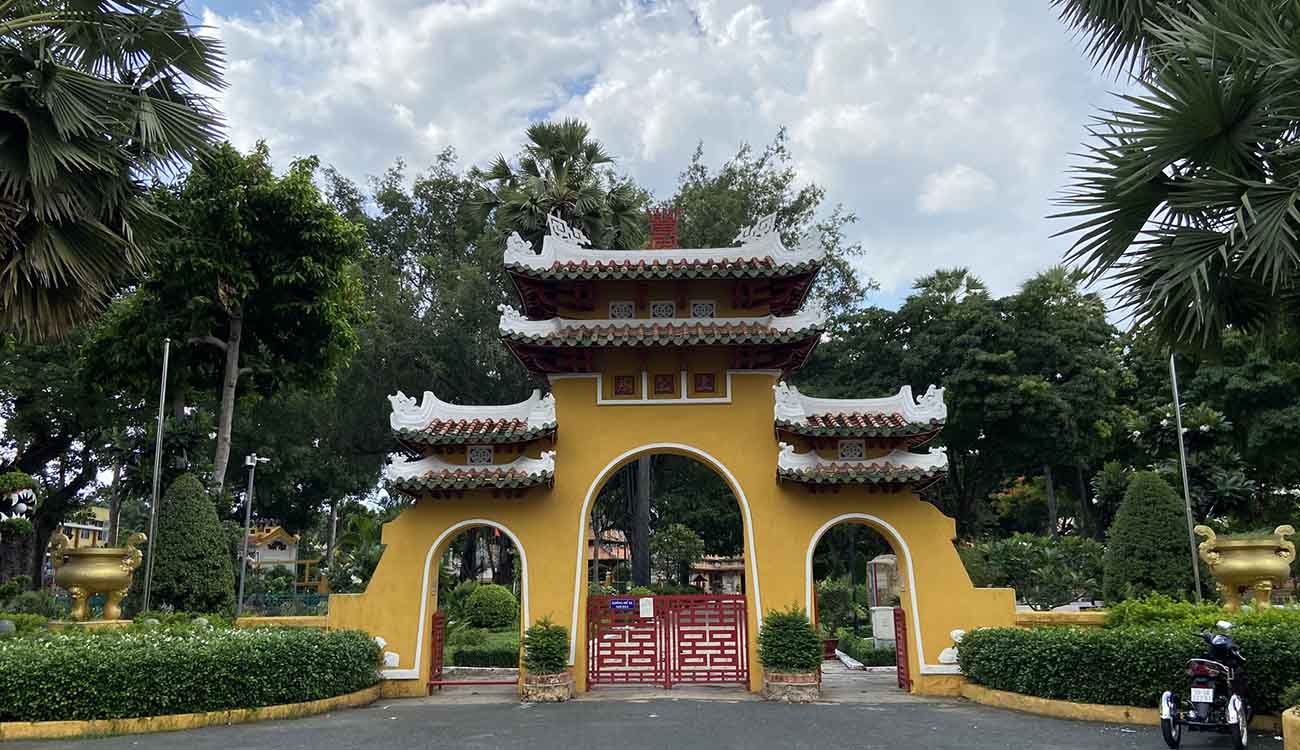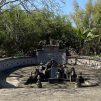
Hidden in plain sight: the tomb of the man who unified modern-day Vietnam
A wee bit of history:
Lê Văn Duyệt was born into a poor, peasant family in the Mekong Delta in 1763, tending to water buffalo as a child. Born a eunuch/hermaphrodite* (sources vary on this point), in 1780 he was enlisted to serve Prince Nguyễn Ánh (*the role of eunuchs serving as bodyguards, carers and confidential/political advisors in imperial courts is a whole thing. See the link below to information about eunuchs in Vietnam). Described as a gifted military strategist, Duyet fought alongside the prince to defeat the Tay Son Rebellion, helping to unite the country and establish the Nguyễn Dynasty, which would rule Vietnam until 1945. Duyet’s skill saw him rise through the ranks to become a high-ranking mandarin, then later, viceroy of southern Vietnam.
The national hero vs an emperor:
Today, Van Duyet is a celebrated national hero, venerated in the south of Vietnam as a protective god. However, not everyone was a fan. Without going into too much detail, Duyet was often in conflict with and known to disobey orders given by Emperor Minh Mạng. After Duyet’s death in 1832, the emperor ordered Duyet’s tomb to be desecrated, while colleagues were arrested and 16 of his relatives executed. An uprising occurred as a result of the desecration, which resulted in 1,831 rebel troops and their relatives being systematically tortured, beheaded and tossed into a giant, open grave. By all accounts, Emperor Minh Mang was a nasty piece of work.
Duyet’s tomb was eventually restored in 1841 and, during the rule of Emperor Tự Đức, the mausoleum was designated a national monument.
A beautiful retreat from the chaos:
Despite its location off a busy intersection and next to a well-known local market (Chợ Bà Chiểu), the site is a relaxing space to retreat from the frenetic pace of Ho Chi Minh City. Locals can be found visiting the site in the mornings to catch up with friends, do some exercise, or just sit on benches in the shade of the old banyan trees.
The complex includes steles, gravesites, and shrines, some of which date back to the 1800s. The main temple was added in 1948 in dedication to other members of the Le family. It is decorated with mosaic dragons and other fantastical creatures which adorn the building’s roof and walls. What the site lacks in information for non-Vietnamese visitors, it makes up for in visual gorgeousness.
Iconic entrance gates:
Over the years, the main entry gate on Vũ Tùng has become somewhat of an iconic local feature. It can be found as a beautiful backdrop in old postcards, family photos and even vintage Vietnam song sheets, including the cover of local karaoke favourite, Sài Gòn Đẹp Lắm. Incidentally, this song sheet image is now available as a B&W tea towel print (fancy that)!
Saigon Dep Lam tea towel:
A collaboration between ourselves and Vịt Mập Địt Posters and Prints, the artwork is classic Saigon mid-60s retro and totally fabulous. It is available online exclusively with us and at Frame It in District 2.
Lê Văn Duyệt Mausoleum location:
The intersection of Phan Đăng Lưu and Lê Văn Duyệt (formerly Đinh Tiên Hoàng), with the main entrance on Vũ Tùng, Bình Thạnh district.
Information sources:
Saigoneer: A Little Know Hero’s Tomb and A Quiet Saturday at Saigon’s Greenest Tomb
Wikipedia: Le Van Duyet
Vietnam Discovery: Le Van Duyet Temple
Student Exchange: Nguyen Dynasty Eunuchs





